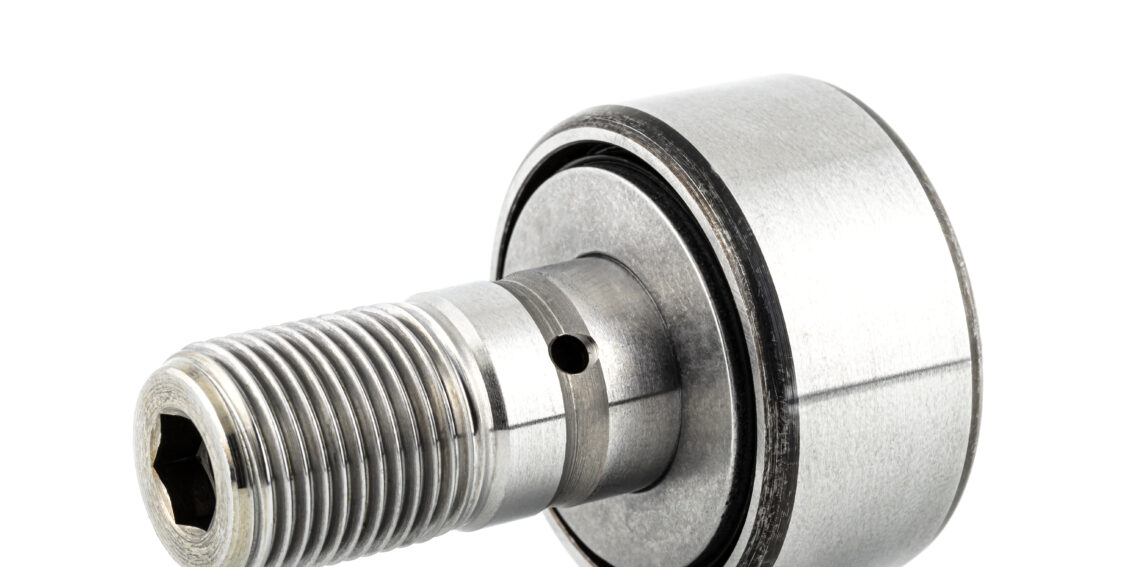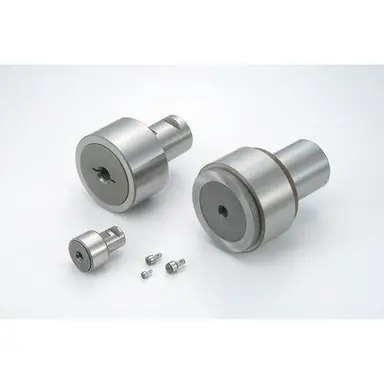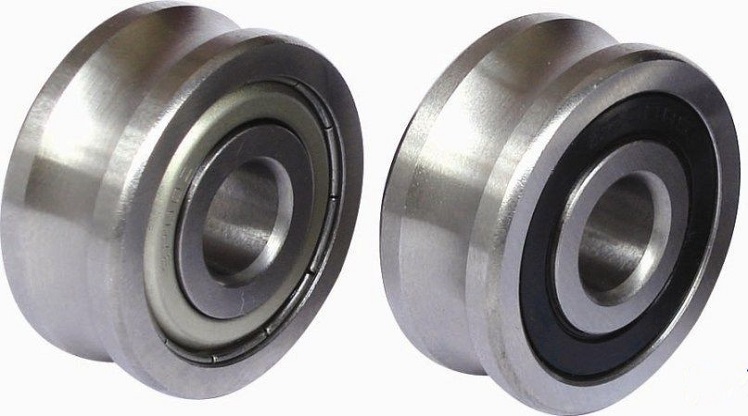
How does proper installation and alignment impact the performance and longevity of track bearings?
Proper installation and alignment play a critical role in the performance and longevity of track bearings. Correct installation ensures that the bearings are positioned and secured accurately, while proper alignment ensures that the load is distributed evenly and the bearings operate smoothly. Here’s an explanation of how proper installation and alignment impact the performance and longevity of track bearings:
Installation Impact:
- Load Distribution: Proper installation ensures that the track bearings are aligned and positioned correctly, allowing for even load distribution. When bearings are installed incorrectly, the load may be unevenly distributed, leading to excessive wear on certain parts of the bearings and reduced overall performance.
- Stability and Rigidity: Accurate installation provides stability and rigidity to the track bearings. Properly secured bearings minimize the risk of movement or vibration during operation, which can cause additional stress, premature wear, and potential damage to the bearings and surrounding components.
- Reduction of Misalignment: Correct installation minimizes the chances of misalignment between the track bearings and the track or guide rails. Misalignment can lead to uneven loading, increased friction, and accelerated wear and tear on the bearings. Proper alignment reduces these issues, ensuring smooth and efficient operation.
- Prevention of Contamination: During installation, it is important to take precautions to prevent contamination of the track bearings. Proper handling techniques, cleanliness, and the use of appropriate tools or protective measures help avoid introducing dirt, dust, or debris that can compromise the bearing’s performance and longevity.
Alignment Impact:
- Reduced Friction and Wear: Proper alignment of track bearings helps minimize friction and wear. When bearings are misaligned, excessive forces and irregular motion can occur, leading to increased friction and accelerated wear. Proper alignment ensures that the bearings operate within their intended design parameters, reducing friction and promoting longevity.
- Optimal Load Distribution: Correct alignment ensures that the load is distributed evenly across the track bearings. This prevents excessive stress on specific areas of the bearings, reducing the risk of premature failure and extending their service life. Optimal load distribution also contributes to smoother operation and improved overall performance.
- Minimized Noise and Vibration: Proper alignment helps minimize noise and vibration during operation. Misaligned track bearings can result in irregular motion, leading to unwanted noise and vibration that can affect the performance, comfort, and efficiency of the machinery or equipment. Proper alignment promotes smoother and quieter operation.
- Improved Efficiency: When track bearings are correctly aligned, the machinery or equipment experiences reduced resistance and improved efficiency. Misalignment can result in energy losses, increased power consumption, and decreased overall efficiency. Proper alignment ensures optimal power transfer and minimizes energy wastage.
It is important to follow the manufacturer’s guidelines and recommendations for the specific track bearings being installed. Proper installation techniques, including accurate positioning, secure fastening, and appropriate alignment, contribute to the optimal performance, reliability, and longevity of track bearings in various applications.

Can track bearings withstand harsh environments or exposure to contaminants?
Track bearings are designed to operate in a wide range of environments, including harsh conditions and exposure to contaminants. However, the ability of track bearings to withstand such environments depends on their specific design, materials, and protective measures. Here’s a detailed explanation:
Many track bearings are engineered with features that enhance their resistance to harsh environments and contaminants. These features may include:
- Sealing and Shielding: Some track bearings are equipped with seals or shields that provide a physical barrier against contaminants such as dirt, dust, water, and debris. These seals or shields help prevent the entry of contaminants into the bearing’s internal components, reducing the risk of damage and premature wear.
- Corrosion Resistance: Track bearings intended for use in corrosive environments are often constructed from materials that offer high corrosion resistance. Stainless steel, for example, is commonly used due to its ability to withstand exposure to moisture, chemicals, and other corrosive substances.
- Specialized Coatings: Some track bearings may feature specialized coatings or surface treatments that provide additional protection against contaminants and harsh conditions. These coatings can enhance the bearing’s resistance to corrosion, abrasion, and chemical exposure.
- High-Temperature Capability: Certain track bearings are designed to withstand high-temperature environments. They are typically constructed using heat-resistant materials and lubricants that can maintain their structural integrity and performance even under extreme heat.
- Environmental Sealing: In applications where track bearings are exposed to extreme conditions, such as underwater or in highly dusty environments, special environmental sealing measures may be employed. These measures can include the use of advanced sealing technologies or the encapsulation of the bearings within protective housings.
While track bearings are designed to withstand harsh environments and exposure to contaminants, it is important to note that their performance and longevity can still be affected over time. Regular maintenance, including cleaning, inspection, and lubrication, is crucial to ensure proper functioning and to mitigate the impact of contaminants on the bearings.
It is recommended to consult the manufacturer’s specifications and guidelines for the track bearings being used in a specific application. Manufacturers often provide information on the environmental ratings and limits of their bearings, helping users determine the suitability of the bearings for particular harsh environments or exposure to contaminants.
By selecting track bearings with appropriate features, materials, and protection, and by implementing proper maintenance practices, it is possible to enhance the bearings’ ability to withstand harsh environments and exposure to contaminants, thereby maximizing their performance and longevity.

How do track bearings contribute to smooth and precise motion in machinery and equipment?
Track bearings play a crucial role in enabling smooth and precise motion in machinery and equipment. They provide support and guidance for moving components, allowing them to move along tracks or guide rails with minimal friction and accurate positioning. Let’s explore how track bearings contribute to smooth and precise motion:
- Reduced Friction: Track bearings are designed to minimize friction between the rolling elements (such as balls or rollers) and the raceways (inner and outer rings). By reducing friction, track bearings help to minimize energy losses, prevent excessive heat generation, and extend the lifespan of the bearing and other components in the system. Low friction enables smoother and more efficient motion, resulting in improved overall performance.
- Accuracy and Precision: Track bearings are manufactured to precise tolerances, ensuring consistent dimensions and smooth surfaces. This precision contributes to accurate and repeatable positioning of the moving components along the track or guide rail. It allows machinery and equipment to achieve the desired motion with minimal deviation or backlash, enabling precise control and operation.
- Load Distribution: Track bearings are designed to distribute loads evenly across the rolling elements and raceways. This load distribution helps prevent localized stress concentrations and ensures that the applied loads are shared by multiple contact points. By distributing the loads effectively, track bearings enhance the stability and integrity of the moving components, reducing the risk of premature wear or failure.
- Guidance and Alignment: Track bearings provide guidance and alignment for the moving components. They help maintain the desired orientation and position of the components along the track or guide rail, preventing misalignment and unwanted movements. This guidance ensures smooth and precise motion, minimizing vibrations, noise, and the risk of component damage or malfunction.
- Shock and Impact Absorption: Track bearings are designed to absorb shocks and impacts that may occur during operation. They help cushion the effects of sudden loads or vibrations, protecting the moving components and reducing the transmission of these forces to the rest of the machinery or equipment. This shock absorption capability contributes to smoother and more stable motion, enhancing overall performance and reliability.
By incorporating high-quality track bearings into machinery and equipment, engineers can achieve smooth and precise motion, improving the efficiency, accuracy, and longevity of the system. Proper selection, installation, and maintenance of track bearings are essential to ensure optimal performance and to minimize the risk of issues such as excessive wear, misalignment, or loss of motion control.


editor by CX 2024-02-22